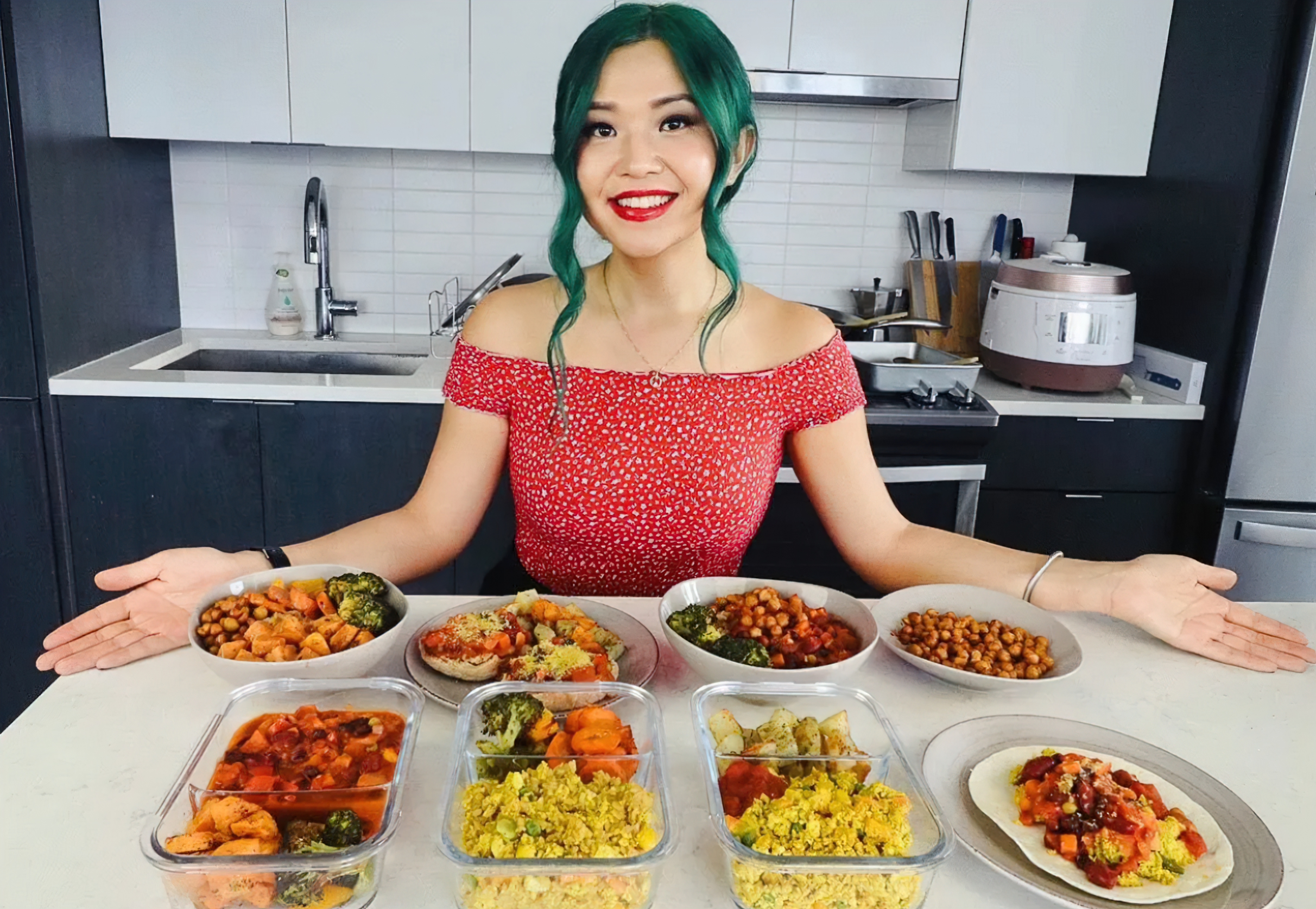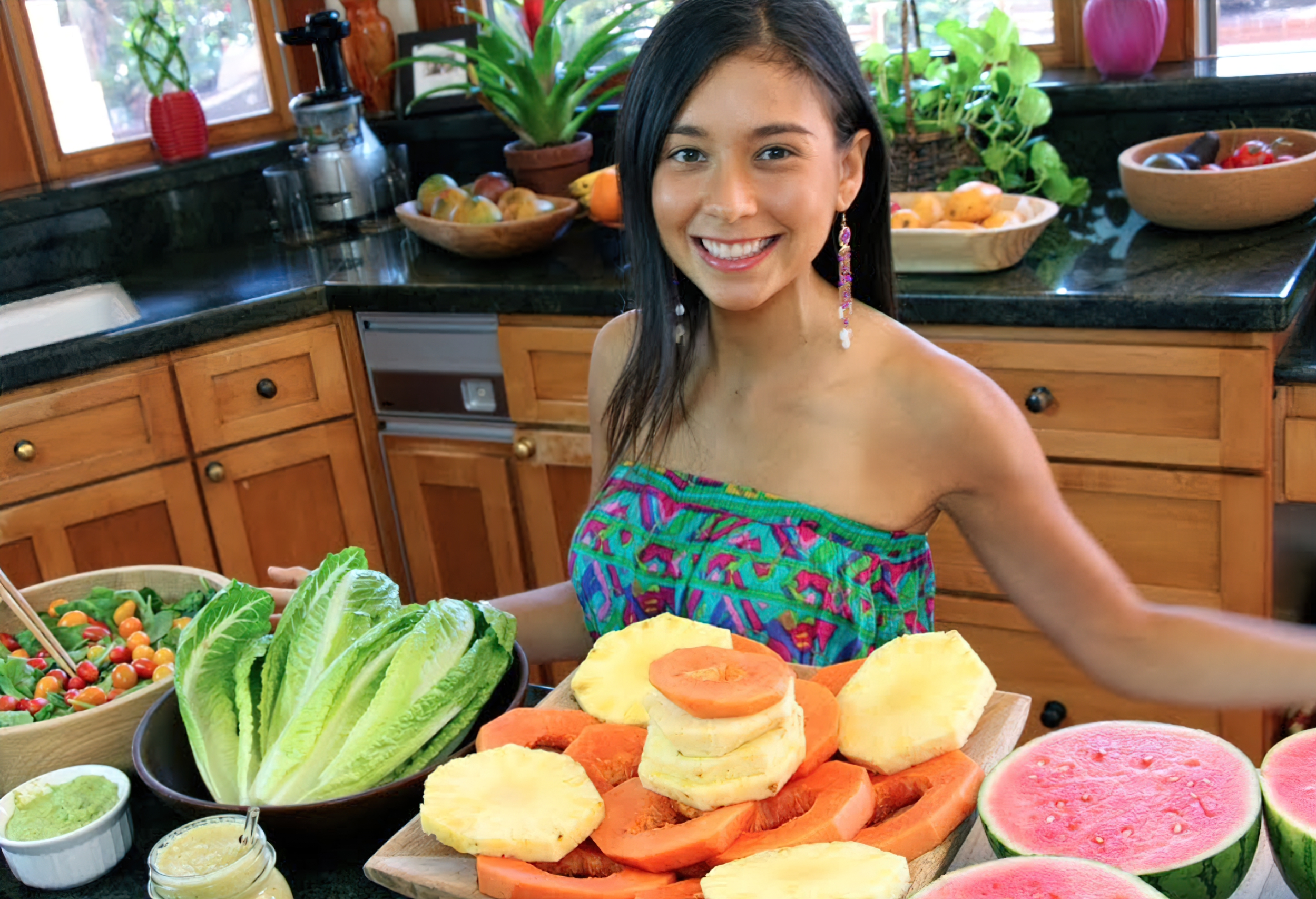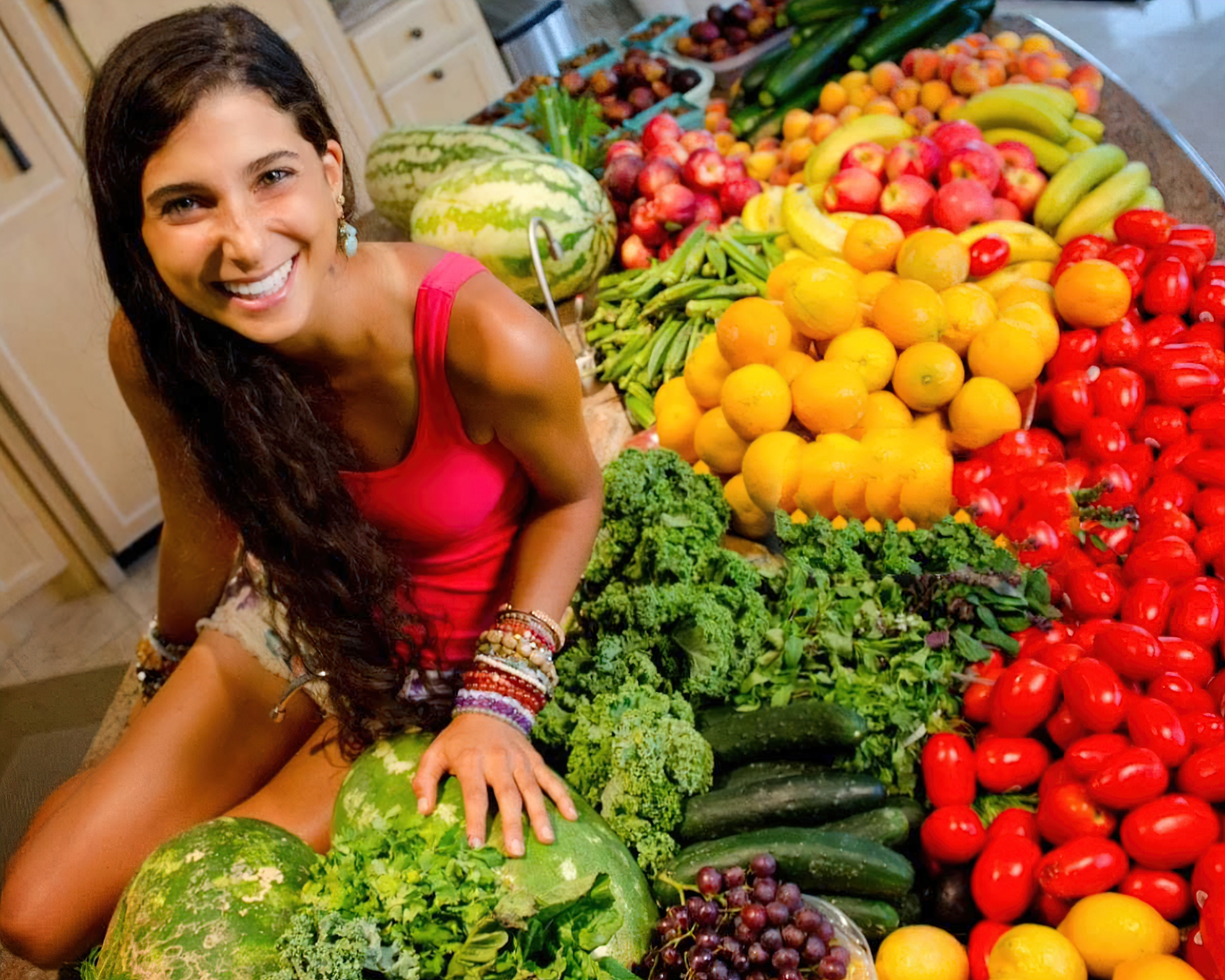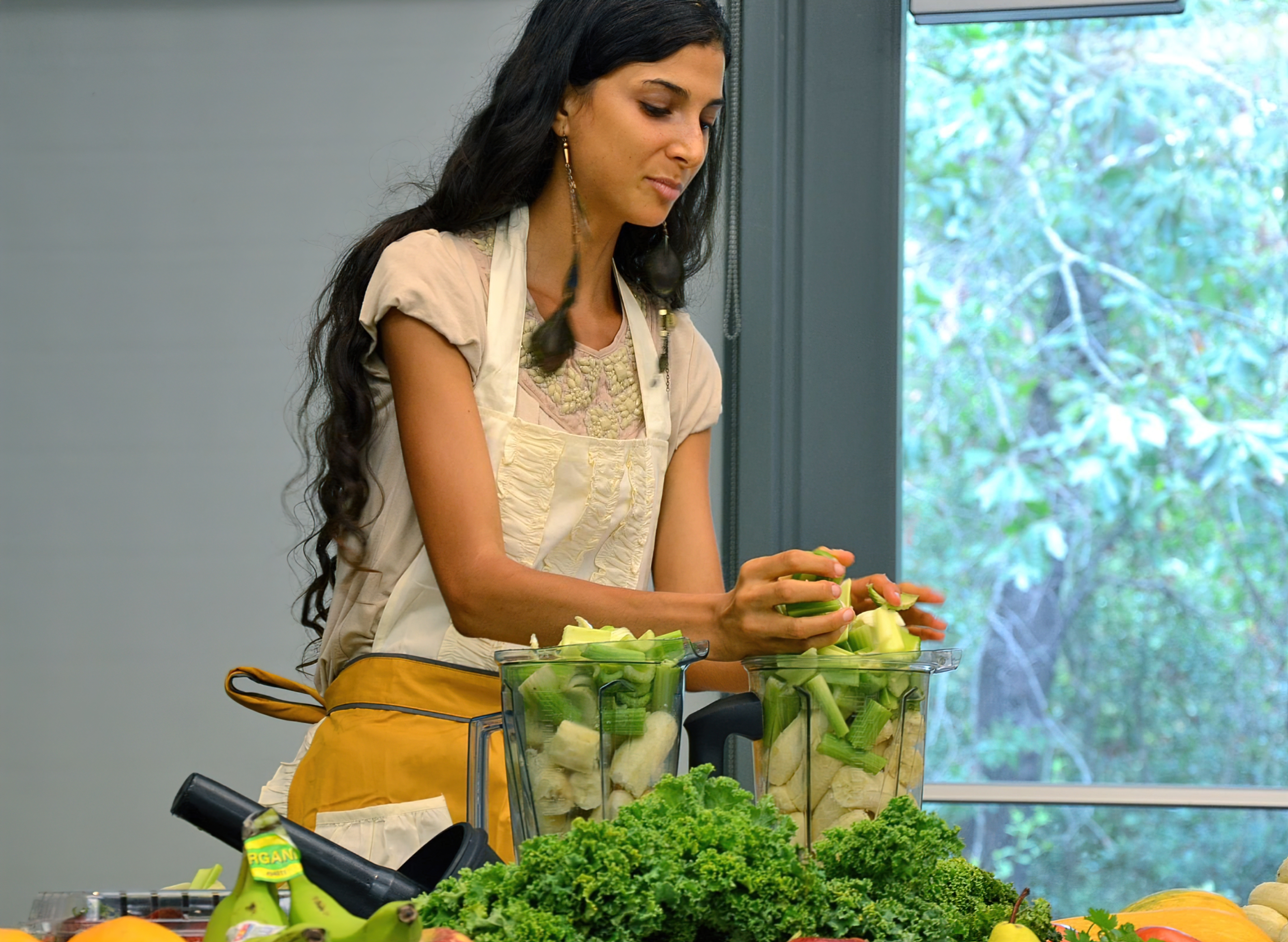- Embrace the World of Raw Veganism and Discover its Perks and Delicious Recipes
- Benefits of Raw Veganism
- Challenges of Raw Veganism
- Raw Vegan Recipes to Get You Started
- Tips for Successfully Adopting a Raw Vegan Lifestyle
- Essential Raw Vegan Pantry Staples
- Creative Raw Vegan Food Preparation Techniques
- Sample Raw Vegan Meal Plan
- Conclusion
Embrace the World of Raw Veganism and Discover its Perks and Delicious Recipes
Raw veganism has become increasingly popular among health enthusiasts and environmental advocates. This dietary lifestyle combines the principles of veganism and raw foodism, focusing on consuming plant-based, unprocessed, and uncooked foods. In this article, we will delve into the benefits and challenges of raw veganism and share some delicious recipes to help you get started on your raw vegan journey.
-
Benefits of Raw Veganism

Adopting a raw vegan lifestyle can offer numerous health and environmental benefits, including:
- Improved digestion: Consuming raw fruits and vegetables can provide a higher amount of natural enzymes, which aids digestion and nutrient absorption.
- Increased energy: Many raw vegans report an increase in energy levels due to the consumption of nutrient-dense, unprocessed foods.
- Weight loss: A raw vegan diet is typically low in calories, unhealthy fats, and processed sugars, which can promote weight loss and help maintain a healthy weight.
- Environmental sustainability: Raw veganism emphasizes organic and locally sourced produce, reducing the carbon footprint and supporting local farmers.
-
Challenges of Raw Veganism
Despite the benefits, raw veganism can present some challenges that require careful consideration:
- Nutritional deficiencies: Raw vegans may be at risk of certain nutrient deficiencies, such as vitamin B12, iron, and omega-3 fatty acids. It’s essential to plan a well-balanced diet and consider supplementation if needed.
- Limited food options: Adhering to a strict raw vegan diet may limit your food choices, making it challenging to dine out or attend social events.
- Food preparation: Raw veganism often involves time-consuming food preparation techniques, such as soaking, sprouting, and dehydrating.
-
Raw Vegan Recipes to Get You Started

Experiment with these simple and delicious raw vegan recipes to kickstart your raw vegan journey:
- Raw Vegan Zucchini Noodles: Use a spiralizer to create zucchini noodles, then toss them with a blend of avocado, lemon juice, garlic, and fresh basil for a creamy and satisfying meal.
- Raw Vegan Energy Balls: Combine dates, almonds, chia seeds, and cocoa powder in a food processor until sticky. Form into balls and refrigerate for a nutrient-dense snack.
- Raw Vegan Berry Smoothie Bowl: Blend frozen mixed berries, a banana, and almond milk until smooth. Pour into a bowl and top with fresh fruits, nuts, and seeds for a refreshing and energizing breakfast.
-
Tips for Successfully Adopting a Raw Vegan Lifestyle
To make the most of your raw vegan journey, keep these tips in mind:
- Gradually transition: Ease into raw veganism by slowly increasing your raw food intake, giving your body time to adjust.
- Educate yourself: Research raw vegan nutrition and food preparation techniques to ensure you’re consuming a balanced and varied diet.
- Find a community: Connect with other raw vegans, either in person or online, to share tips, recipes, and support.
-
Essential Raw Vegan Pantry Staples

Stock your pantry with these raw vegan staples to ensure a smooth and enjoyable transition:
- Fresh fruits and vegetables: Prioritize organic and locally sourced produce, focusing on a colorful variety for optimal nutrition.
- Nuts and seeds: Almonds, walnuts, cashews, chia seeds, and flaxseeds are versatile and nutrient-dense options.
- Legumes: Opt for sprouted legumes, such as lentils, chickpeas, and mung beans, to enhance digestibility and nutrient availability.
- Dried fruits: Dates, raisins, and apricots provide natural sweetness and can be used as a base for raw desserts and energy bars.
- Nutritional supplements: Consider adding a vitamin B12, iron, and omega-3 supplement to ensure optimal nutrient intake.
-
Creative Raw Vegan Food Preparation Techniques
Experiment with these raw food preparation techniques to add variety and excitement to your meals:
- Spiralizing: Transform zucchini, carrots, or cucumbers into noodles for a raw alternative to traditional pasta dishes.
- Soaking and sprouting: Enhance the digestibility and nutritional value of nuts, seeds, and legumes by soaking and sprouting them before consumption.
- Dehydrating: Use a dehydrator to create raw crackers, fruit leather, and vegetable chips for crunchy, nutrient-rich snacks.
- Blending and juicing: Combine fruits, vegetables, and plant-based milks in a blender or juicer for smoothies, soups, and sauces.
-
Sample Raw Vegan Meal Plan

Try this sample one-day raw vegan meal plan to help you get started:
- Breakfast: Raw vegan berry smoothie bowl topped with fresh fruits, nuts, and seeds.
- Mid-morning snack: A handful of almonds and a banana.
- Lunch: Raw vegan zucchini noodles with avocado-basil sauce, cherry tomatoes, and pine nuts.
- Afternoon snack: Raw vegan energy balls.
- Dinner: Mixed green salad with sprouted lentils, sliced bell peppers, cucumber, and a lemon-tahini dressing.
- Dessert: Raw vegan chocolate avocado mousse with fresh berries.
Conclusion
Embracing raw veganism can be an exciting and rewarding journey. By stocking your pantry with essential staples, experimenting with new food preparation techniques, and planning well-balanced meals, you can enjoy the many health and environmental benefits of this lifestyle. Remember to take it slow, educate yourself, and connect with like-minded individuals for support and inspiration. Soon enough, you’ll be thriving on a raw vegan diet and enjoying the delicious, nourishing meals you create.

